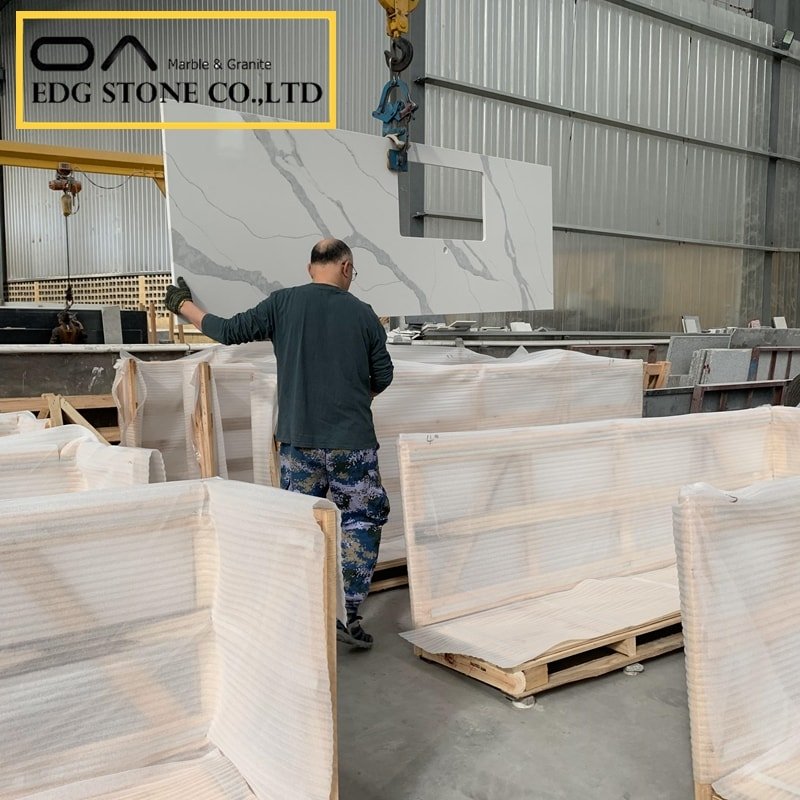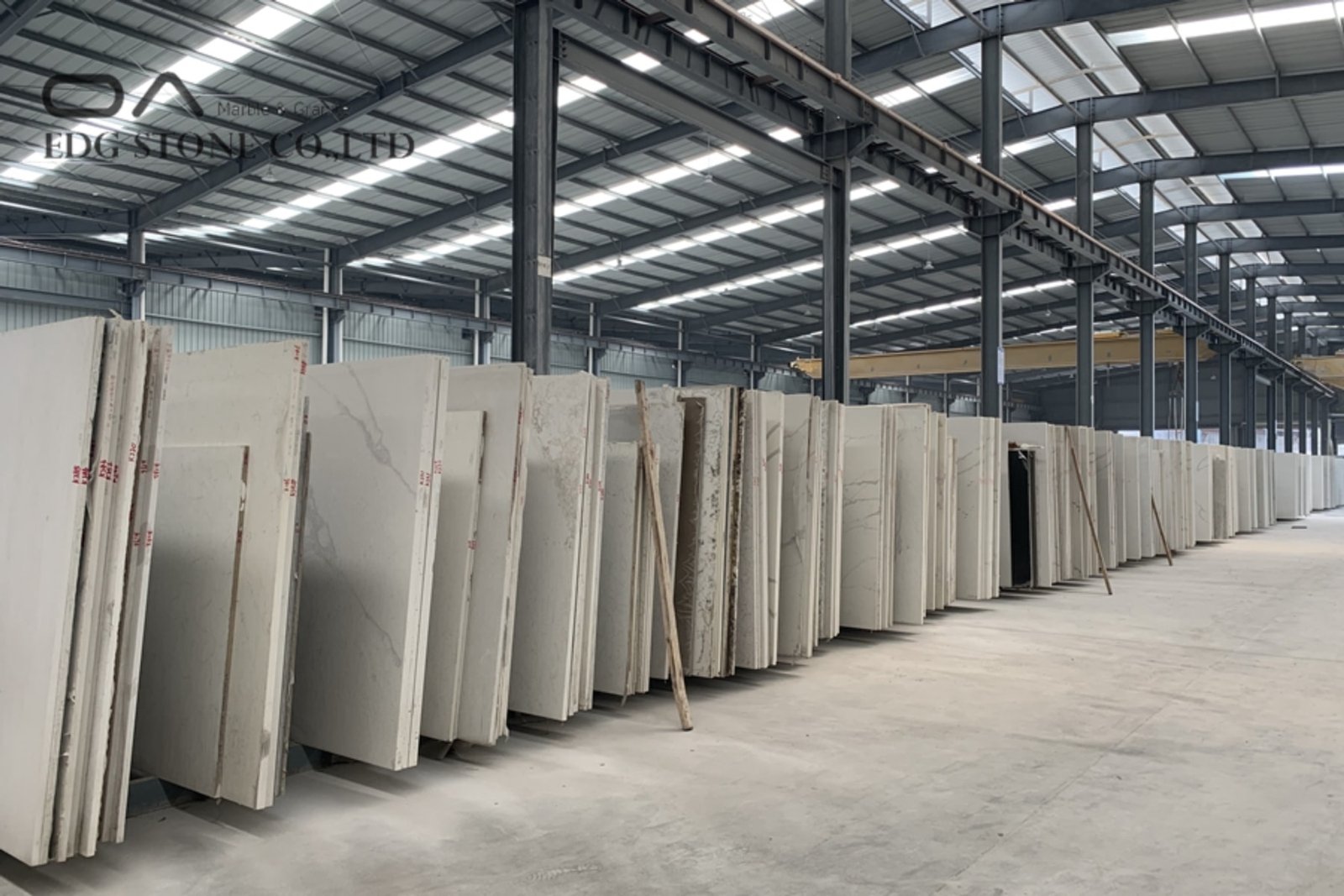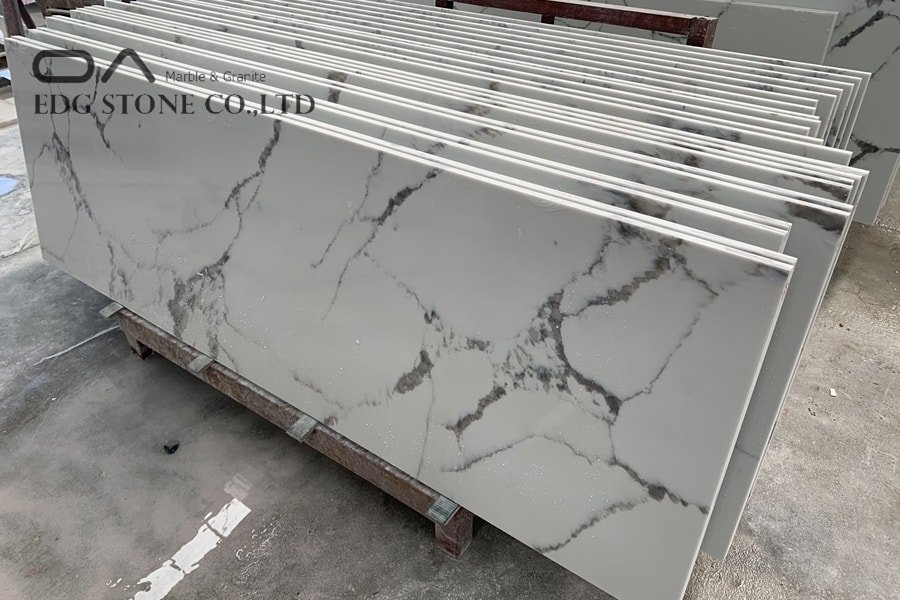The proportion of quartz stone in home decoration decorative stone is getting higher and higher, especially the use of cabinet countertops is the most common in home decoration, and the problems exposed by it are becoming more and more obvious, such as bursting and partial discoloration.
Quartz stone board is composed of more than 93% natural quartz and about 7% of pigments, resins, and other additives for adjusting bonding and curing. Artificial quartz stone is formed by negative pressure vacuum, high-frequency vibration, heating, and curing, its texture is hard, and its structure is compact. It has abrasion resistance (Mohs hardness above 6) and pressure resistance (density 2.0g/cubic Cm), high-temperature resistance (temperature resistance of 300 ℃), corrosion resistance, anti-permeation does not contain any pollution sources and radiation sources, it is a new green and environmentally friendly artificial stone, and the price of quartz stone is also higher than other stones.
Speaking of, many people will wonder why the quartz stone slab can withstand high temperatures up to ≤300°, why would the hot container be placed directly on the table to cause explosion and discoloration? Because of the 7% resin solvent in the raw material of the quartz stone slab mentioned above, the phenomenon of thermal expansion and contraction will easily occur when exposed to high temperatures. Due to sudden local heating, such as when the expansion joint is not reserved during construction, cracks or marks on the bottom of the container are easy to appear. Discoloration. Quartz stone manufacturers remind users to avoid direct contact with hot containers and use heat insulation pads.









